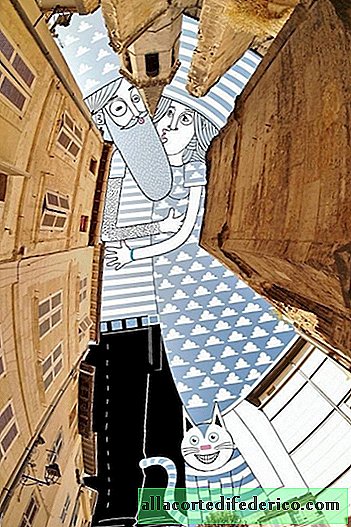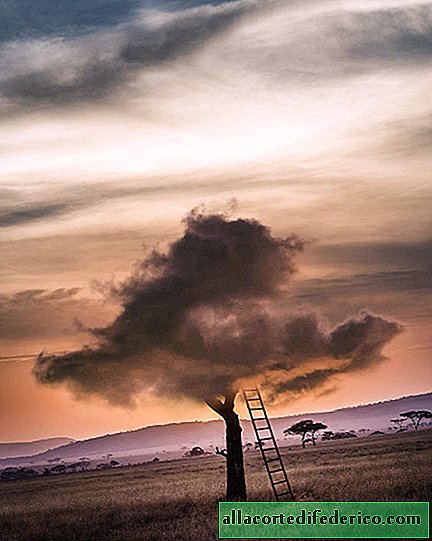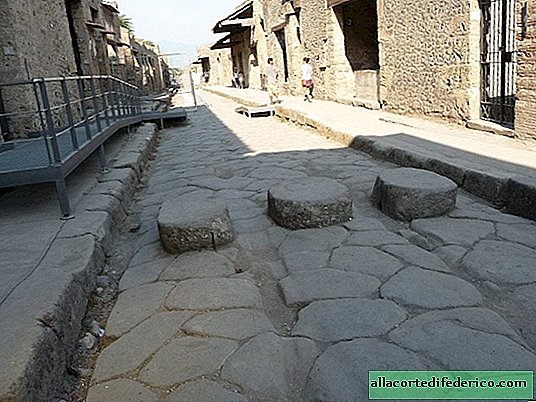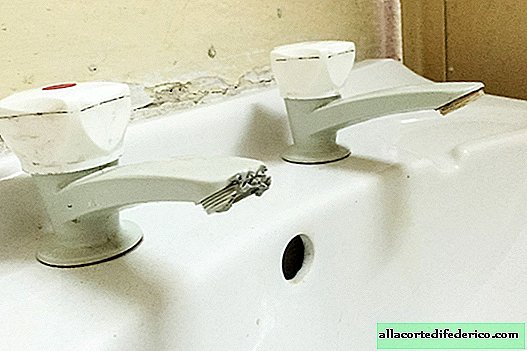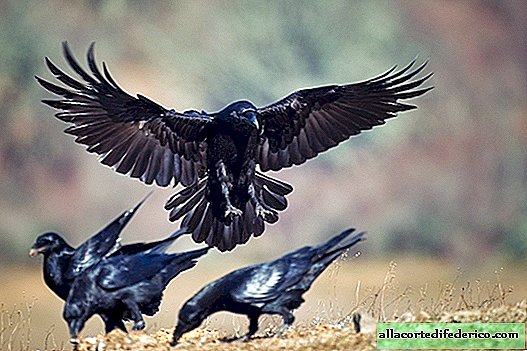Scientists restored the appearance of a noble Peruvian woman by her mummy
Modern technologies allow us to look deeper and deeper centuries. No time machine is needed if, with the help of computers and tomographs, scientists can recreate the past. So now they managed to restore their appearance by the mummy found in the north of Peru and named after the place where it was found, Lady Kao. Apparently, she was very noble, and perhaps even the ruler of the Moche culture, which existed in these lands in the first half of the first millennium AD.
Weapons, jewelry and slave
The mummy of an unknown woman was discovered in 2006 in the territory of the temple of Cao Viejo - in honor of this place she was named. The mummy was wrapped several times in a burial shroud, she had a crown on her head, and on her arms and legs she found many tattoos with snakes and spiders - they were considered magic symbols. Nearby were ceremonial objects, including weapons, gold and copper jewelry. Also at the burial place were the remains of another young woman, apparently, a slave who was sacrificed during a funeral.

Photo: Reuters
Scientists believe that the burial belongs to the culture of Moche, which developed in the north of Peru from the 1st to the 8th century AD. Since the climate in the region is very dry, representatives of the culture built a wide network of aqueducts and irrigation canals, which helped them grow beans and cereals. Various crafts were also developed here, including the processing of metals and ceramics. In addition, the largest structures of these places — the Lunar and Solar pyramids — remained from the Moche culture.
Apparently, sacrifices were widespread in the Moche culture. This, as well as jewelry found, suggests that the mummy belongs to a very noble woman. It is even possible that she was a high priestess or even the ruler of Moche.
Typical peruvian
Studies have shown that Lady Kao died at the age of about 25. This happened in the 450s of our era. Most likely, complications during pregnancy or childbirth became the cause of death. Due to the fact that she rested in a place with very low humidity, Lady Kao's mummy was well preserved. This allowed scientists to recreate her face by analyzing the structure of the skull and remains.

Photo: Air Force
The project, which lasted more than 10 months, was attended by American and Colombian experts in history and 3D printing, as well as forensic experts and anthropologists. As a result, using 3D modeling, the researchers obtained a copy of Lady Kao's face and body part.
According to the researchers, Lady Kao had an oval face and high cheekbones. These external features are still often found among Peruvians. Now the simulated image is located in the building of the Ministry of Culture of Peru and is open to the public.



